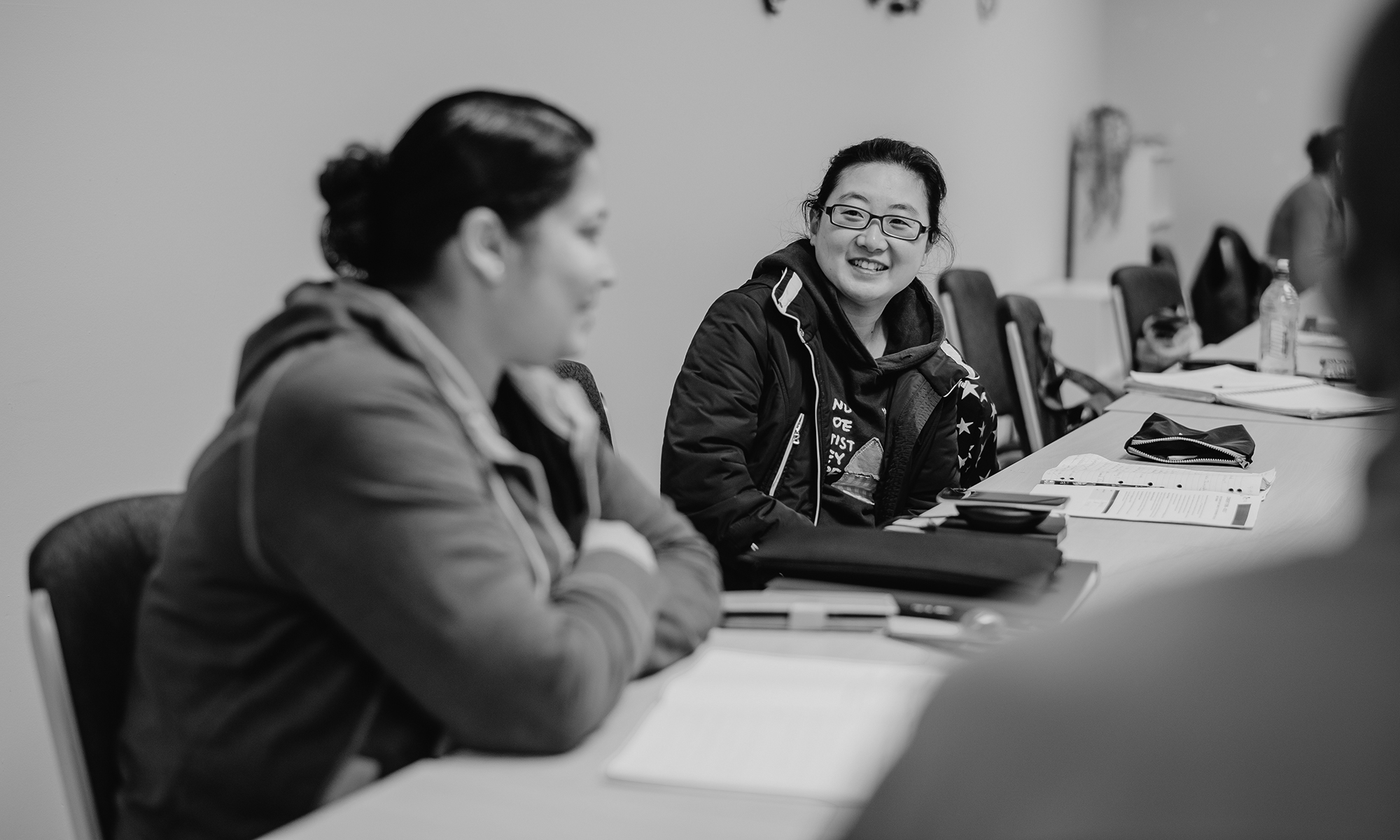Author: Hongxia Shan, University of British Columbia
Edition: Volume 54, Number 3, November 2014
Summary: Continuous learning for professionals such as engineers has undergone
sea changes around the world in the past few decades. This paper explores some of these changes in China. It starts by examining the learning experiences of five engineers and the training policies in three companies with different types of ownership. It shows three
major learning pathways for engineers: shadowing, title and license related learning, and further education. Associated with these learning pathways are issues such as differential training support from companies, tensions between the pursuit for professional
standardization and experiential knowing, and gendered streaming. The paper further traces the changing institutional relations that work in concert to shape companies’ investments in training and engineers’ motivations for learning. Specifically, it maps the traditional
vocational title system, the newly adopted practice licensure systems, as well as governmental sectoral regulations. The study pinpoints not only the pervasive power of state regulation, but also the profession’s desire for internationalization or to ‘connect rails’ with the engineering
educational and professional regulation systems in the West. Within this context, continuous development has increasingly become a professional mandate for engineers in China. It has also given rise to issues such as commodification of professional licences.
Keywords: Continuous learning, professional regulation, workplace training, internationalization, institutional ethnography, engineers, China
![]()
![]()
![]()
![]() Share a copy of this abstract.
Share a copy of this abstract.
This article is part of AJAL, Volume 54_3. The entire volume is available in .pdf for purchase here.
